Songs: The Saga Arashiyama Museum of Arts & Culture
- Shona McCarthy

- Jun 1, 2020
- 4 min read

(Image from Utakoi, TV Tokyo, 2012.)
I first learned about The Ogura Hyakunin Isshu by watching an anime series called Utakoi (2012). You can see it for free on Crunchyroll HERE. The beauty and poeticism of the anime drew me in, and once I knew that I could visit the places where the poems were written and learn their history, I was determined to go and see Shigureden. This was a museum that once stood in Arashiyama, but was taken down and later replaced. So, it took three visits to Japan before I finally succeeded in finally seeing the Hyakunin Isshu exhibit for myself.
(Photos taken in Saga Arashiyama Museum of Arts & Culture, 2019.)
Arashiyama is without a doubt one of Kyoto's most popular tourist destinations. It's built to be a tourist town. But many of the visitors to the area may not realise that it is actually a place where some of the greatest works of ancient Japanese poetry were written. One of the best places to explore this history is the Saga Arashiyama Museum of Arts & Culture. It tells the history of Japan's most famous poetry collection, The Ogura Hyakunin Isshu. Even if you are unfamiliar with this poetry collection, the Saga Arashiyama Museum of Arts & Culture is still well worth visiting, as learning how it was gathered helps you better appreciate some of the surrounding landmarks. But should you want to read the collection for yourself, the museum also makes this a delight, as one wall is covered with the poems in both Japanese and English, along with tiny, beautifully painted figurines that represent each of the historical figures who wrote the corresponding poems. The poems number 100, with 100 different writers. What I personally found striking was not only how cleverly the poems were written, but also how relatable they were. Some were about missing a lover. Some were about knowing that someone is unreliable, and taking them as a lover anyway. Some were about love of the land. I photographed some of my favourites. But if you attend, you can identify the ones you like best.
(I photographed poems and figurines of their writers that I liked best at the museum. I found it fascinating to see that though the writers looked so austere, their poems were so passionate and soulful. 2019.)
The exhibit includes various pieces of historic art that shows different ways that the poetry collection has been invoked over time. For me, it was exciting to see mentions of anime and manga that are based around karuta, a traditional card game that uses the poems as a way of learning hiragana, or one of the Japanese alphabets, well.
The exhibition reveals that the poetry collection was largely gathered on Ogura Mountain. This mountain can still be visited, as it contains Jojakko-ji, another landmark I'll write about later.
In another floor of the Saga Arashiyama Museum of Arts & Culture is a hall full of tatami and wonderful for taking photographs. Yes, I did do this, since I had deliberately gone to the museum wearing a kimono covered in books.
(Photos I took in the upper level floor in the Saga Arashiyama Museum of Arts & Culture. It contained a temporary exhibition about a Japanese Modernist artist when I visited. But new exhibitions come and go from that area all the time. 2019.)
What I found most enjoyable about the upper floor was probably the windows. As you can see in my photos, you are not permitted to wear your shoes in this upper area, but you must place them in some shelving and then walk around in your stocking feet. So I sat down on one of the chairs and overlooked the Katsura River out the window with no shoes on. The effect was that I was oddly comfortable and familiar.
(Photos I took from the Saga Arashiyama Museum of Arts & Culture. They don't really do the destination justice. I'm afraid that to see the true wonderment you may have to go for yourself. 2019.)
I found it a delight to go and have something to eat in the cafe downstairs.
(Photos I took in the cafe inside Saga Arashiyama Museum of Arts & Culture. The place and adjacent bathroom were all incredibly clean and pleasant. And would you believe they let me keep those little origami water bombs? 2019.)
In this cafe, the staff were very kind to me and complimented my outfit. The food was so delicious, so high in quality. Most of the trip I had tried to go for the cheapest options, but here I wanted to make sure I really saw what the region had to offer. The menu is designed to show off the best foods in the area. Even then, the prices were quite reasonable. So I'd say it's worth going to the Museum for in of itself. If you are travelling with children, the Saga Arashiyama Museum of Arts & Culture seems to anticipate that they may need something to do. I found that in the upper floor they had some tables and art materials set up so that children could colour in pictures. I did one myself, where I modified to be pro-kimono.
(Photos taken in the upper floor, Saga Arashiyama Museum of Arts & Culture. 2019.)
If you would like more information about the museum, how to get there and what it contains, here is the website: samac.jp
BONUS TIP: If you're on the fence about whether or not you'd want to go to see this museum, you can watch Utakoi and Chihayafuru. Utakoi is a vibrant, beautiful anime loosely based on the poems and the lives of the poets who wrote them. Chihayafuru is a more sedate but long-standing anime about teenagers playing karuta, the card game that uses the poem collection. Both can be seen for free on Crunchyroll.com.













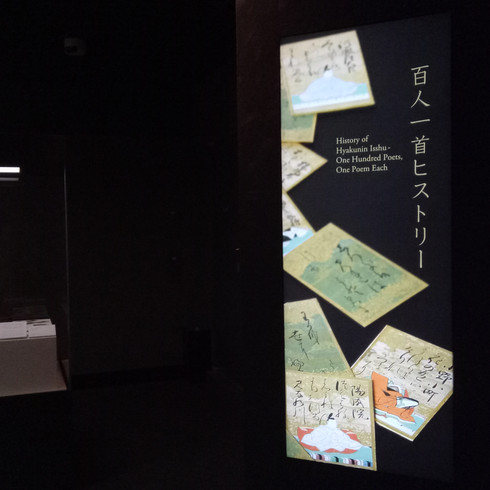





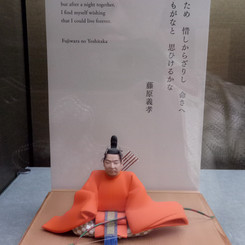



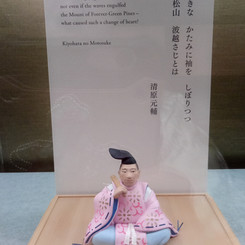



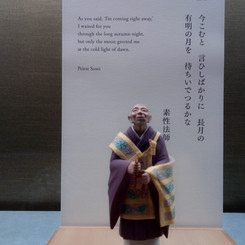









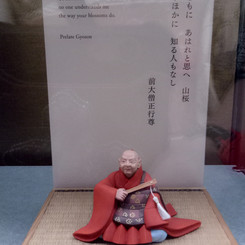









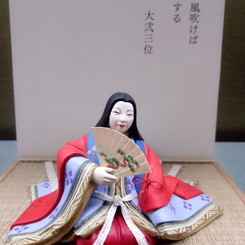


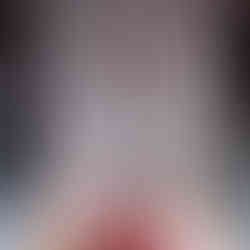








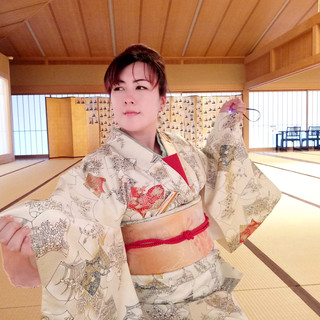
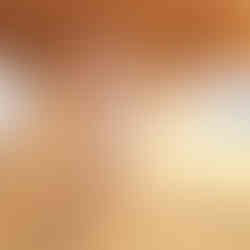
















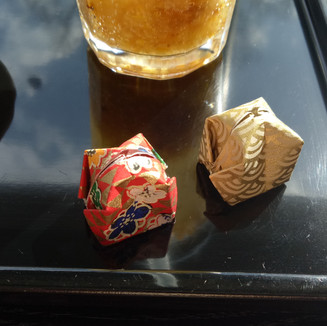











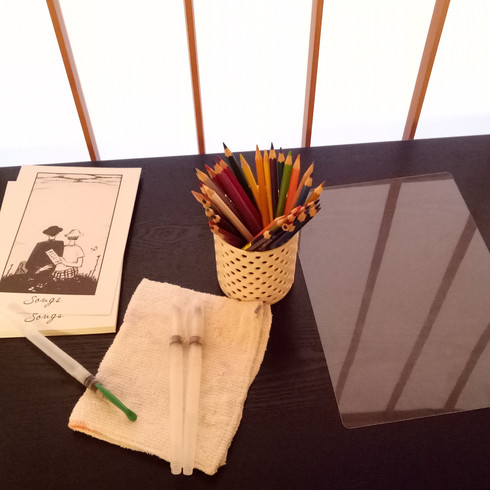


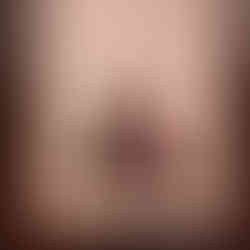







Comments